The photographer who captured the defiant beauty of Frida Kahlo’s closet
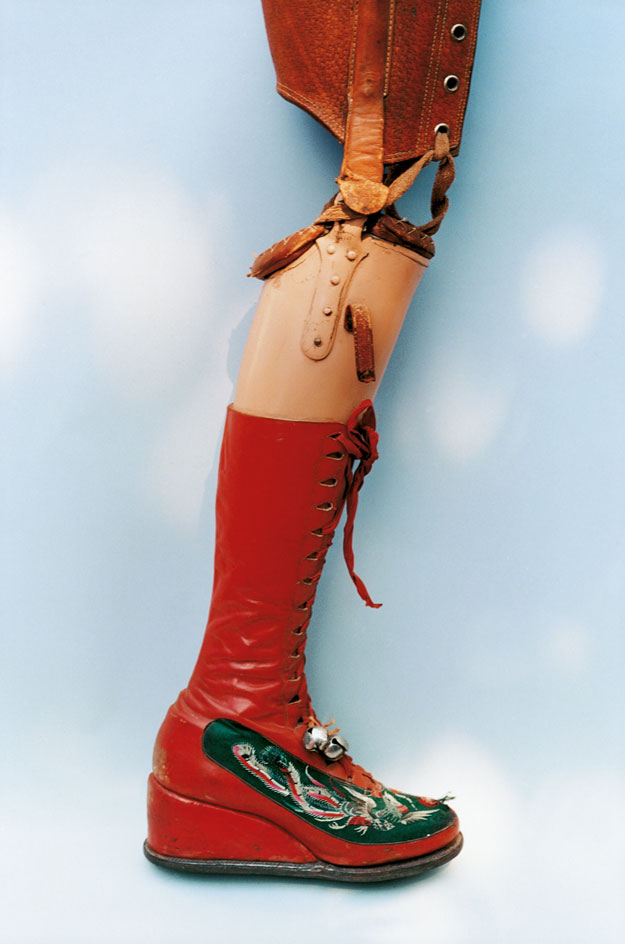
When the Mexican artist Frida Kahlo died in 1954, aged just 47, her husband Diego Riviera began storing her clothes, accessories and other personal effects in a bathroom in their Mexico City home. Riviera gave instructions that the room remain sealed until 15 years after his death.
The couple’s Blue House, as it was known, became the Frida Kahlo Museum after Riviera’s death in 1957. The bathroom, however, remained sealed until 2004. When it was opened, 300 pieces of Kahlo-related relics were found inside.
The museum began to catalogue the haul but they also decided to invite the Japanese photographer Ishiuchi Miyako to document them. Miyako’s work has often concentrated on the material traces we leave behind, investigating their personal and social weight. And Miyako’s Kahlo photographs, which go on display at London’s Michael Hoppen Gallery this week, prove how astute the museum was in its commission.
Frida Kahlo the icon was perhaps the greatest creation of Frida Kahlo the artist. But much of her personal style, particularly the traditional Tehuantepec dresses, were designed to hide disfigurement and loss. Having contracted polio as a child and then been involved in a serious bus accident at 18, Kahlo underwent surgery 40 times during her relatively short life. And the more suffering her body took, the more elaborate the decoration and costume became.
Miyako photographs Kahlo’s corsets, sunglasses, nail varnish and faded swimming costume. She photographs the embroidery and embellishment and the still vibrant colours.
Kahlo’s leg was amputated the year before she died and perhaps the most remarkable of Miyako’s photographs is of Kahlo’s prosthetic leg, complete with a boot covered with Chinese embroidery. It is defiantly beautiful.
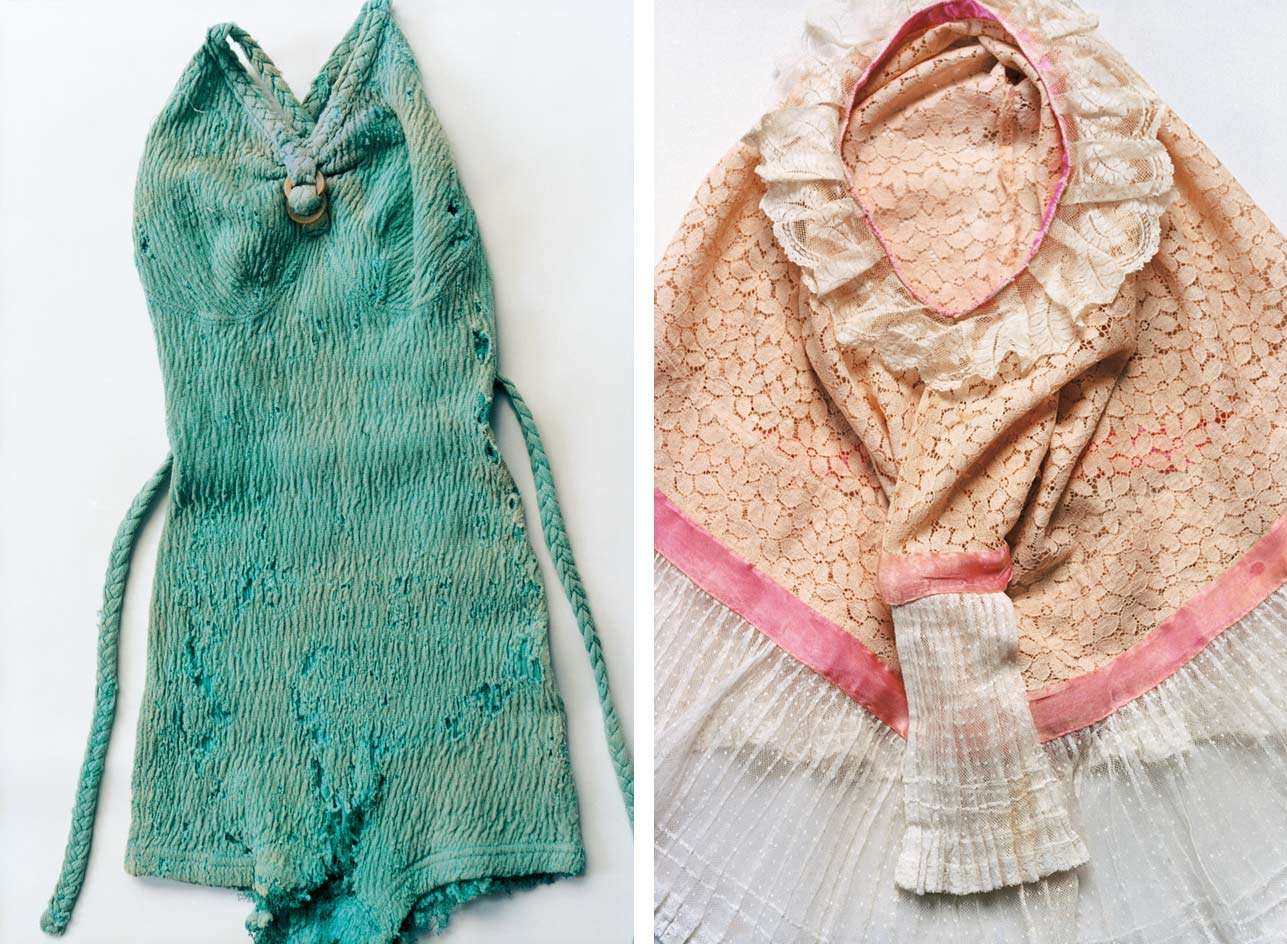
Left, Frida by Ishiuchi #84, 2012-2015, by Isiuchi Miyako, Kahlo’s green swimsuit; and right, Frida by Ishiuchi #92, 2012-2015, by Isiuchi Miyako, a traditional Tehuana headdress
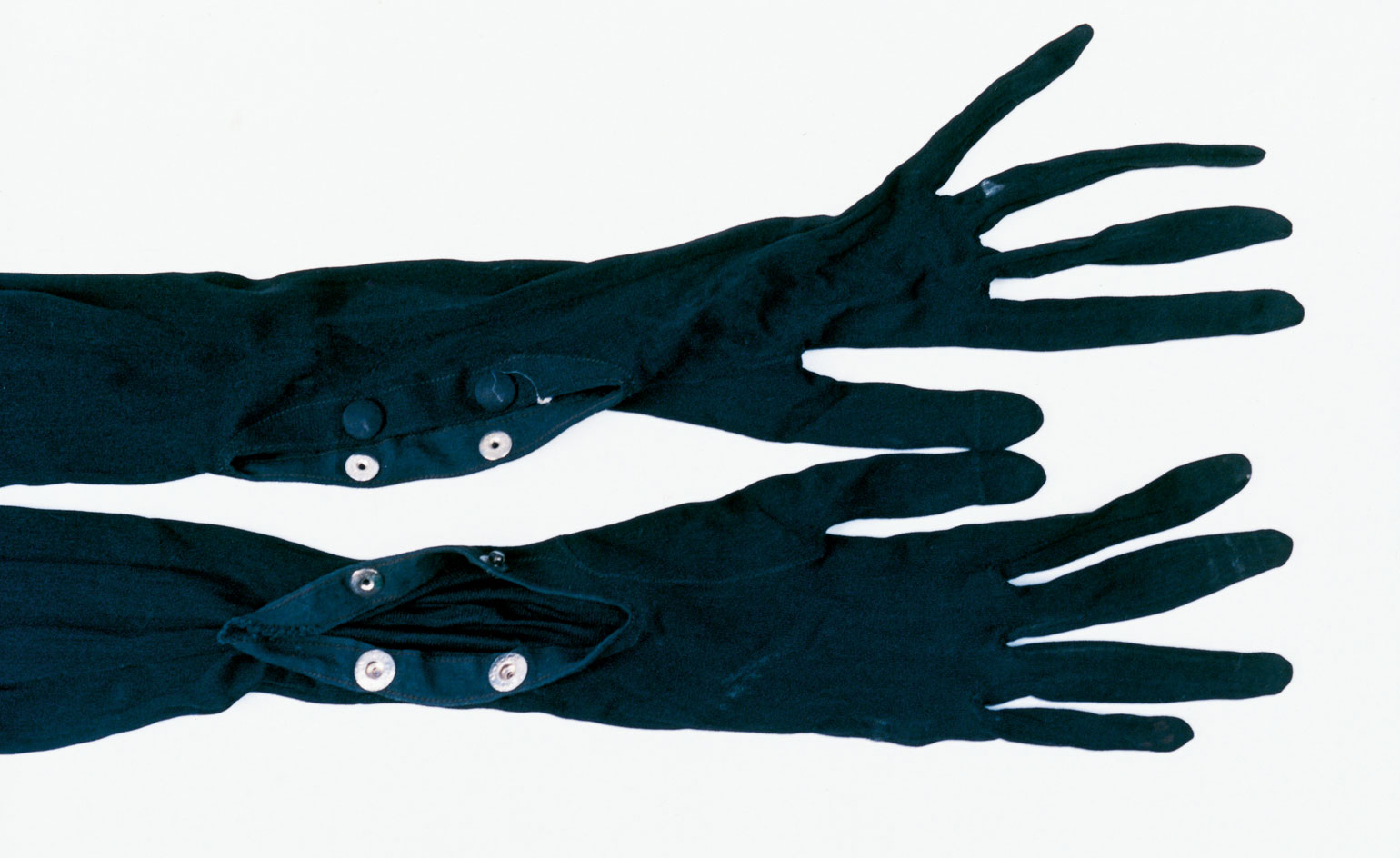
Frida by Ishiuchi #86, 2012-2015, by Isiuchi Miyako
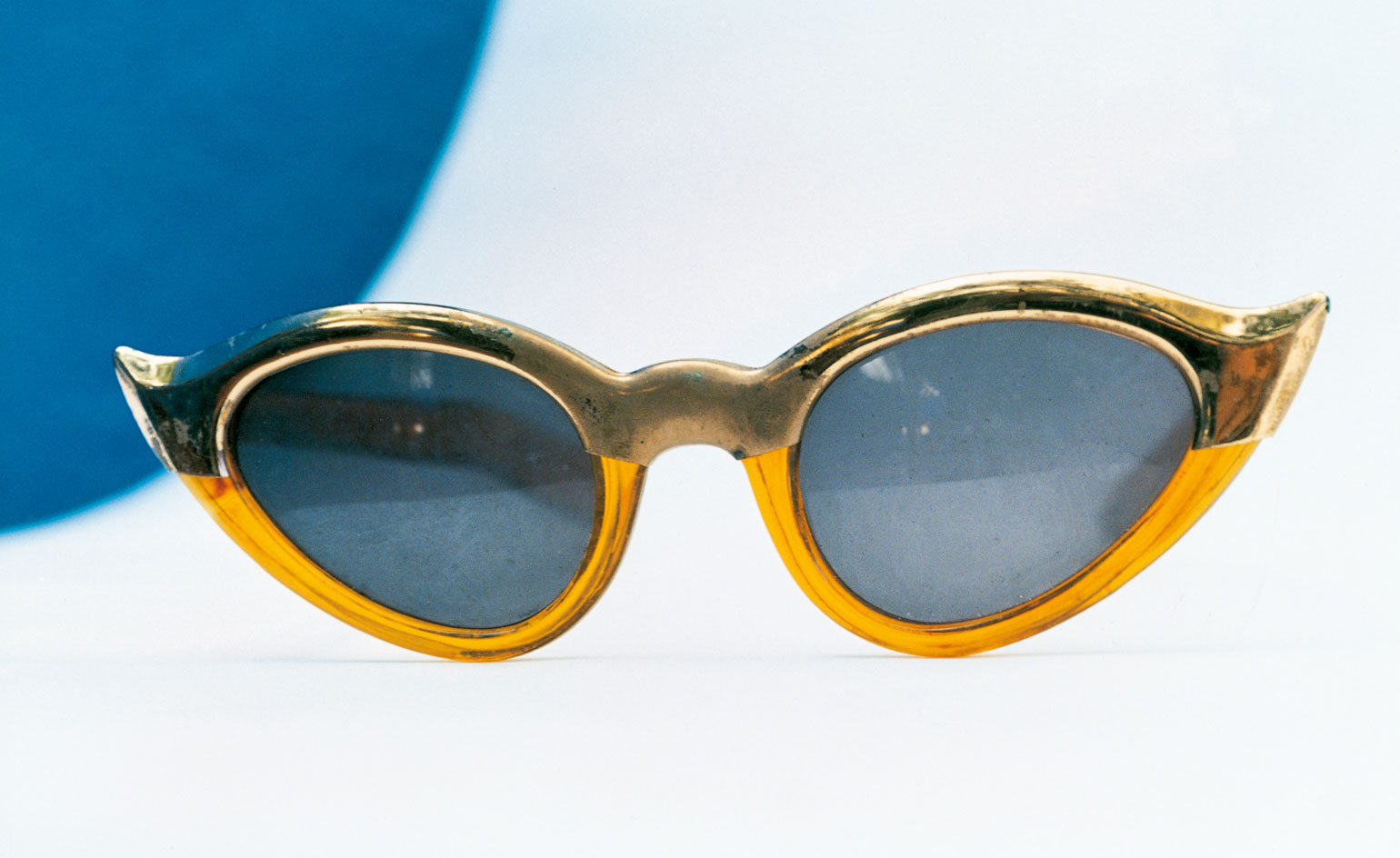
Frida by Ishiuchi #50, 2012-2015, by Isiuchi Miyako
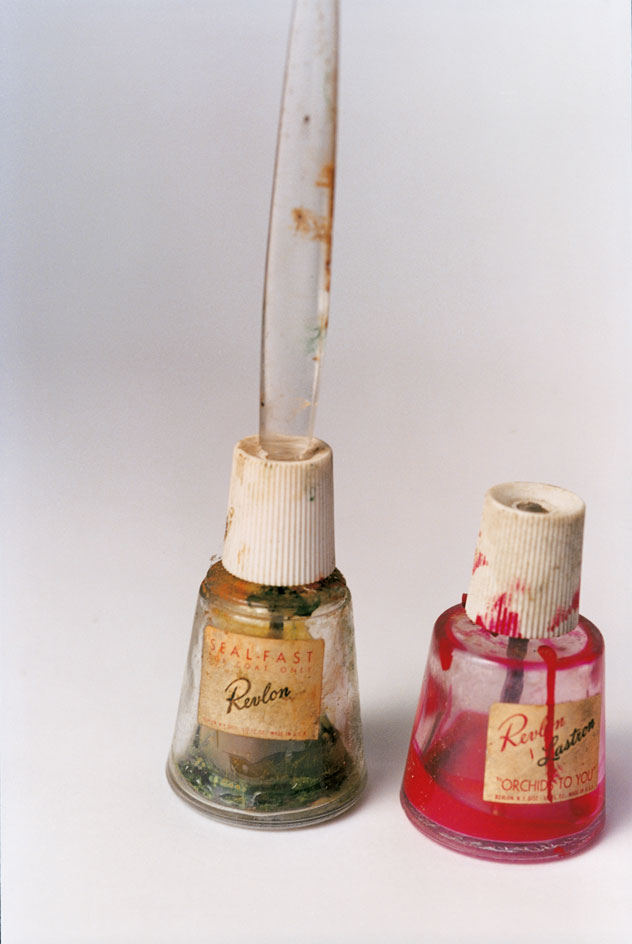
Frida by Ishiuchi #40, 2012-2015, by Isiuchi Miyako, nail varnishes
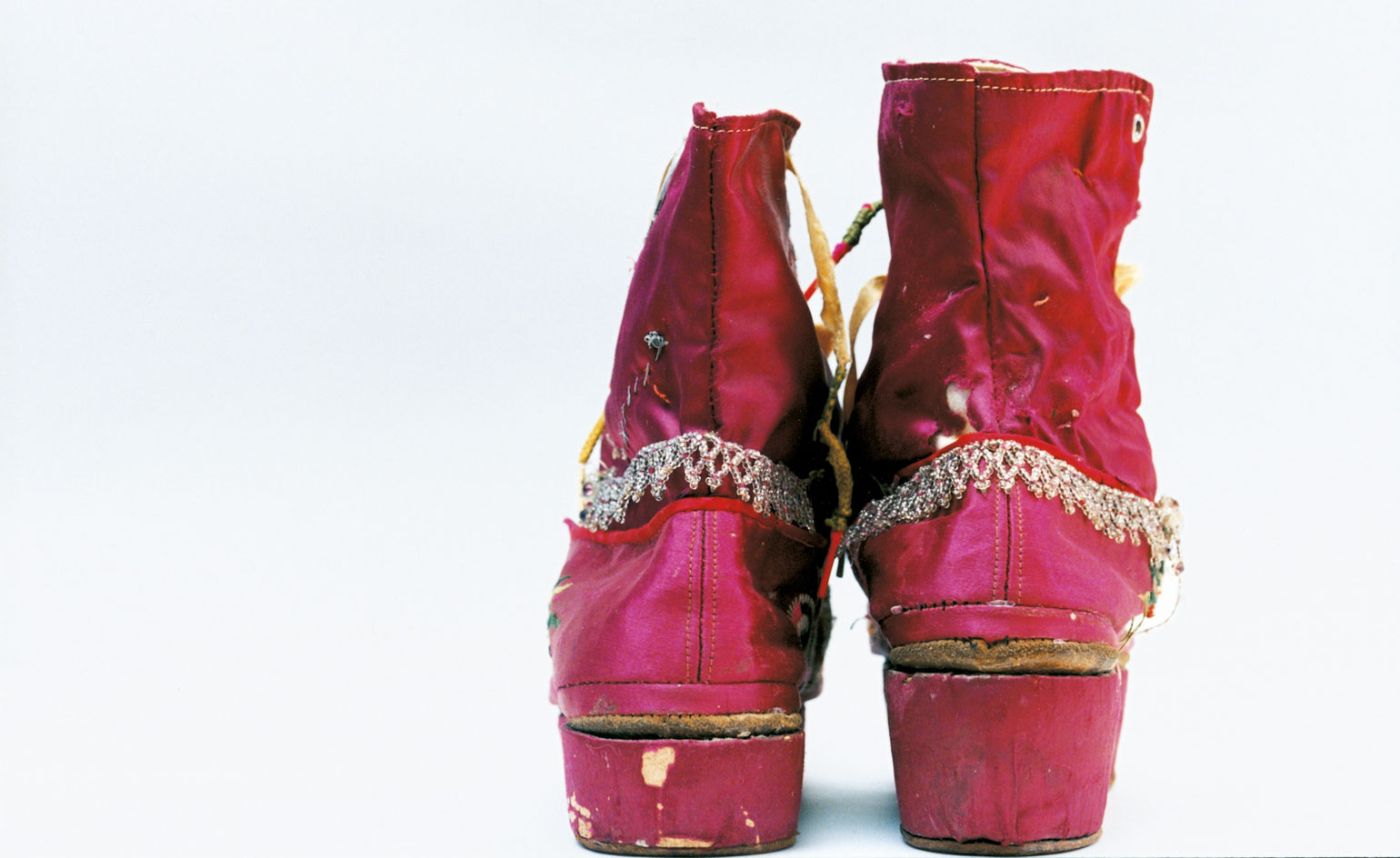
Frida by Ishiuchi #34, 2012-2015, by Isiuchi Miyako,
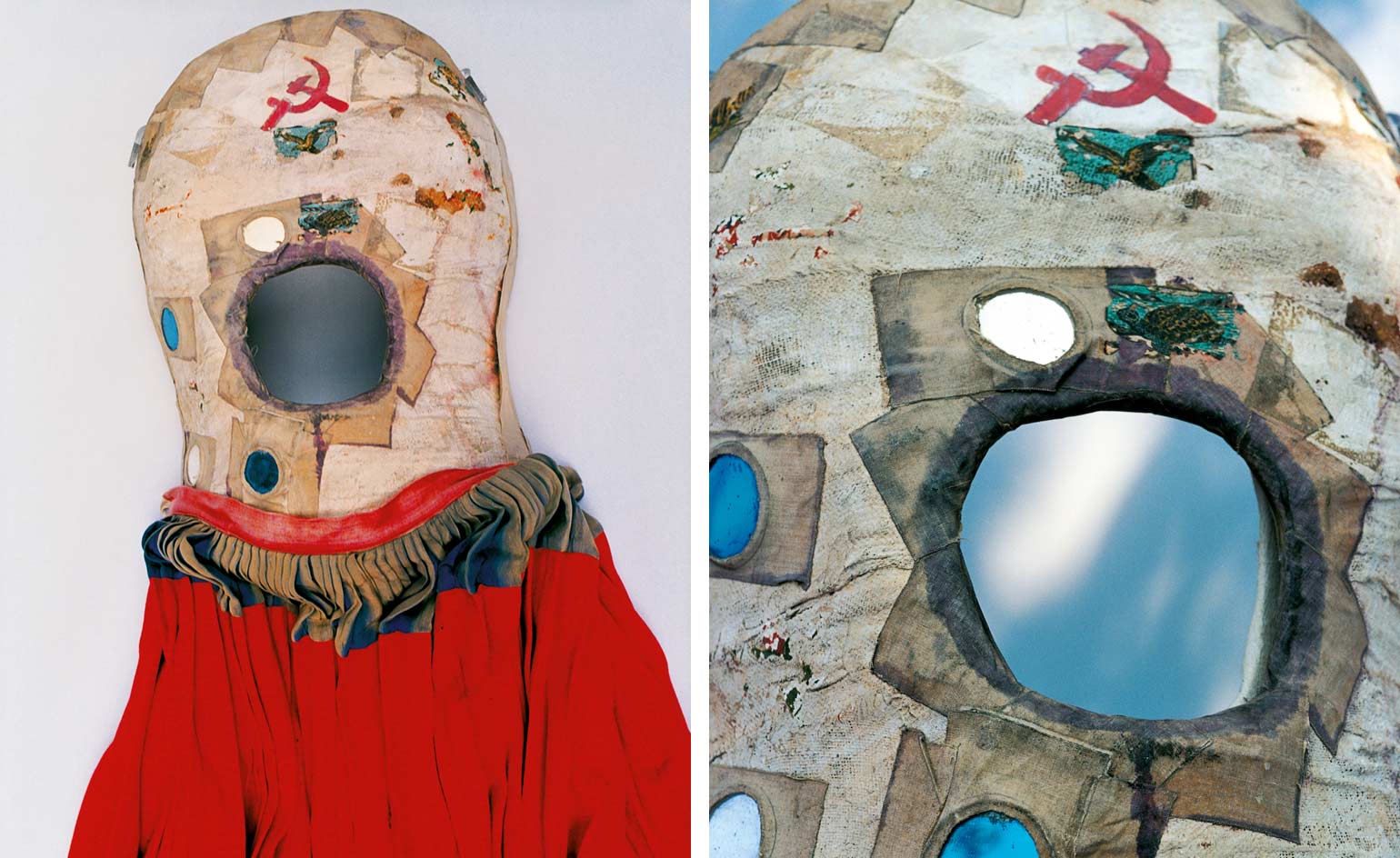
Left, Frida by Ishiuchi #23, 2012-2015, by Isiuchi Miyako, and right, Frida by Ishiuchi #100, 2012-2015, by Isiuchi Miyako, one of Kahlo’s corseted skirts, with a large whole in its centre and a hammer and sickle motif
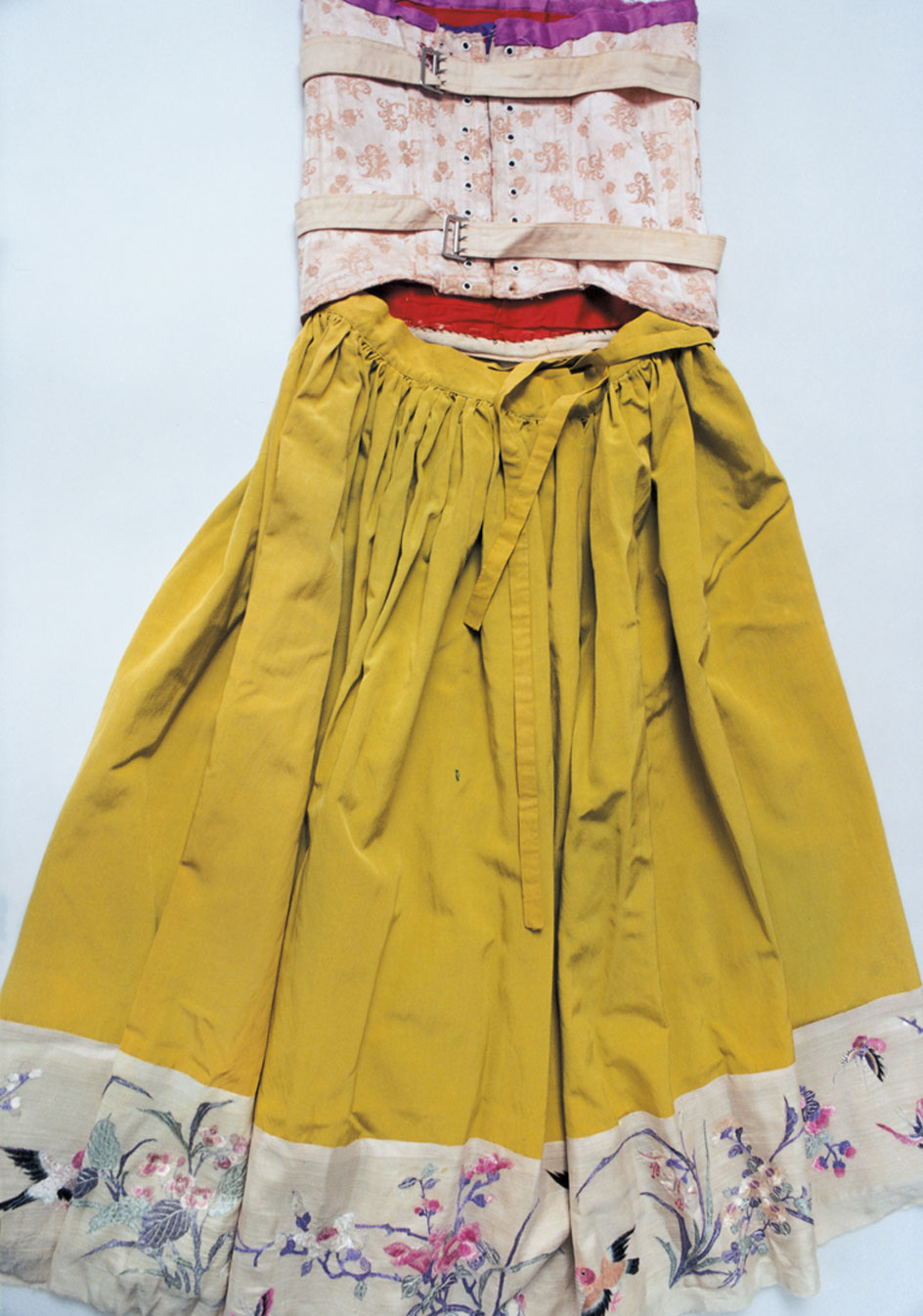
Frida by Ishiuchi #27, 2012-2015, by Isiuchi Miyako
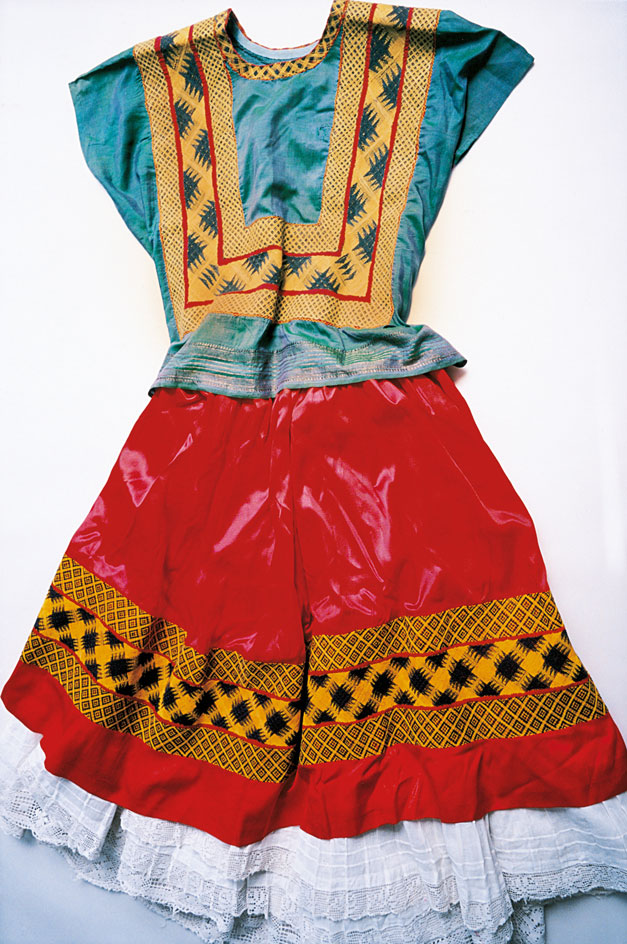
Frida by Ishiuchi #2, 2012-2015, by Isiuchi Miyako
INFORMATION
For more information, visit the Michael Hoppen Gallery website
ADDRESS
Michael Hoppen Gallery
3 Jubilee Place
London SW3 3TD
Wallpaper* Newsletter
Receive our daily digest of inspiration, escapism and design stories from around the world direct to your inbox.
-
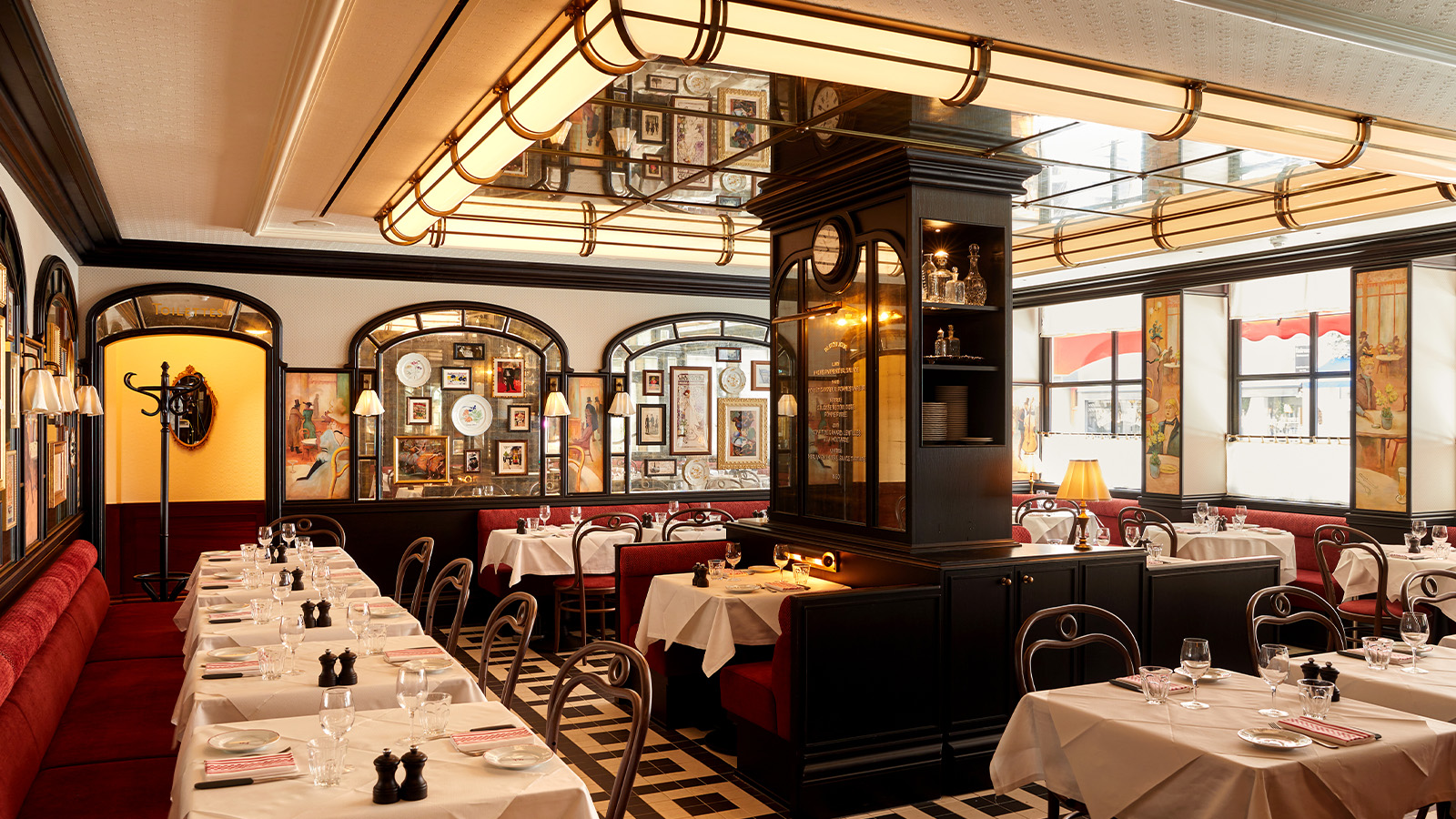 A first look inside Josephine Marylebone, a bistro-licious French restaurant
A first look inside Josephine Marylebone, a bistro-licious French restaurantFollowing the success of Claude and Lucy Bosi’s first restaurant, in Chelsea, Josephine Marylebone is the second outpost, fitted with an oyster bar and a focus on classic French cuisine
-
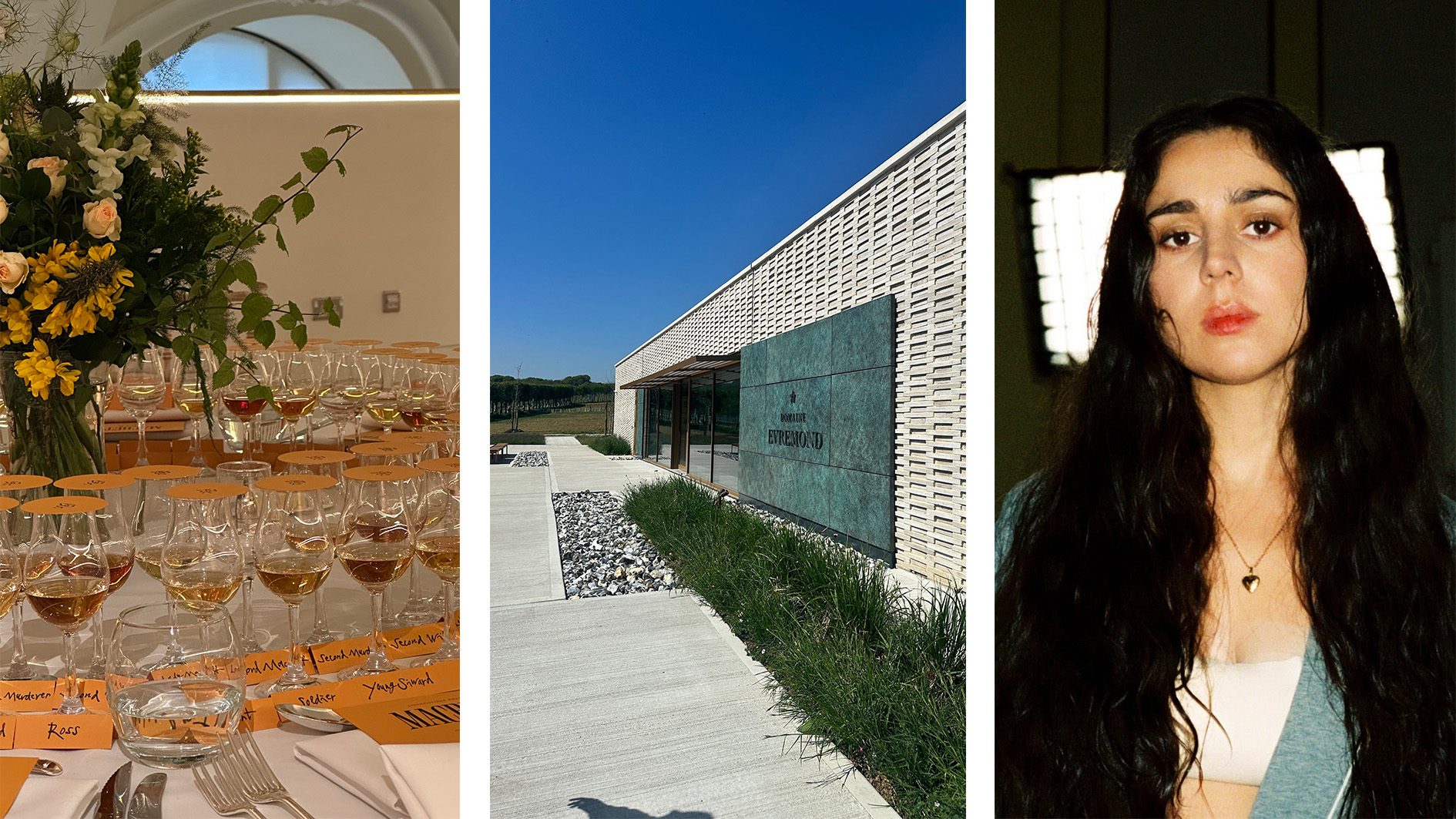 Out of office: what the Wallpaper* editors have been up to this week
Out of office: what the Wallpaper* editors have been up to this weekSome of the Wallpaper* team missed the memo regarding London's heatwave this week, opting for some (very good) gigs, plays and dinners. Others made the most of the weather at a Kentish winery
-
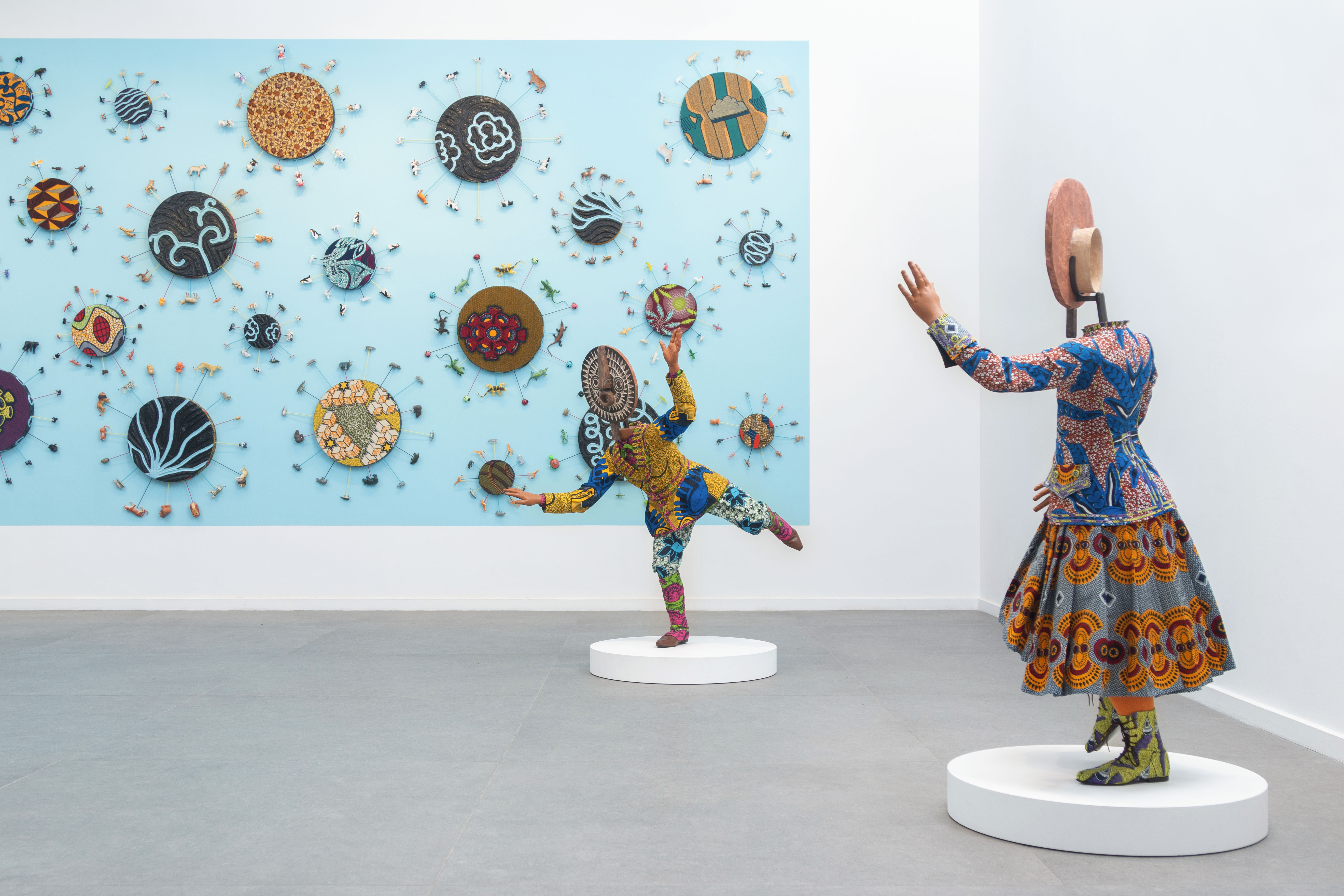 Inside Yinka Shonibare's first major show in Africa
Inside Yinka Shonibare's first major show in AfricaBritish-Nigerian artist Yinka Shonibare is showing 15 years of work, from quilts to sculptures, at Fondation H in Madagascar
-
 The UK AIDS Memorial Quilt will be shown at Tate Modern
The UK AIDS Memorial Quilt will be shown at Tate ModernThe 42-panel quilt, which commemorates those affected by HIV and AIDS, will be displayed in Tate Modern’s Turbine Hall in June 2025
-
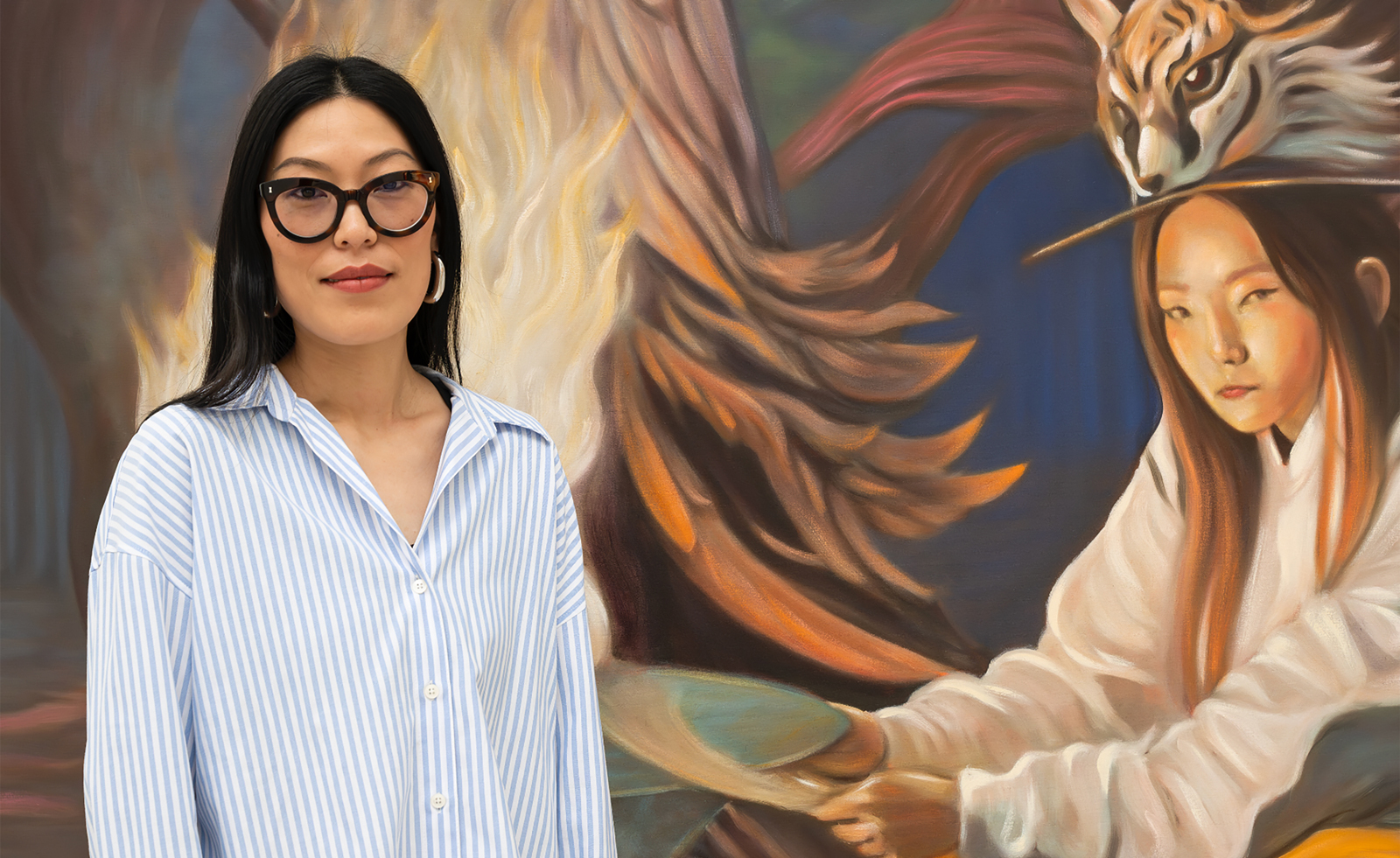 Meet the Turner Prize 2025 shortlisted artists
Meet the Turner Prize 2025 shortlisted artistsNnena Kalu, Rene Matić, Mohammed Sami and Zadie Xa are in the running for the Turner Prize 2025 – here they are with their work
-
 ‘Humour is foundational’: artist Ella Kruglyanskaya on painting as a ‘highly questionable’ pursuit
‘Humour is foundational’: artist Ella Kruglyanskaya on painting as a ‘highly questionable’ pursuitElla Kruglyanskaya’s exhibition, ‘Shadows’ at Thomas Dane Gallery, is the first in a series of three this year, with openings in Basel and New York to follow
-
 The art of the textile label: how British mill-made cloth sold itself to Indian buyers
The art of the textile label: how British mill-made cloth sold itself to Indian buyersAn exhibition of Indo-British textile labels at the Museum of Art & Photography (MAP) in Bengaluru is a journey through colonial desire and the design of mass persuasion
-
 Artist Qualeasha Wood explores the digital glitch to weave stories of the Black female experience
Artist Qualeasha Wood explores the digital glitch to weave stories of the Black female experienceIn ‘Malware’, her new London exhibition at Pippy Houldsworth Gallery, the American artist’s tapestries, tuftings and videos delve into the world of internet malfunction
-
 Ed Atkins confronts death at Tate Britain
Ed Atkins confronts death at Tate BritainIn his new London exhibition, the artist prods at the limits of existence through digital and physical works, including a film starring Toby Jones
-
 Tom Wesselmann’s 'Up Close' and the anatomy of desire
Tom Wesselmann’s 'Up Close' and the anatomy of desireIn a new exhibition currently on show at Almine Rech in London, Tom Wesselmann challenges the limits of figurative painting
-
 A major Frida Kahlo exhibition is coming to the Tate Modern next year
A major Frida Kahlo exhibition is coming to the Tate Modern next yearTate’s 2026 programme includes 'Frida: The Making of an Icon', which will trace the professional and personal life of countercultural figurehead Frida Kahlo